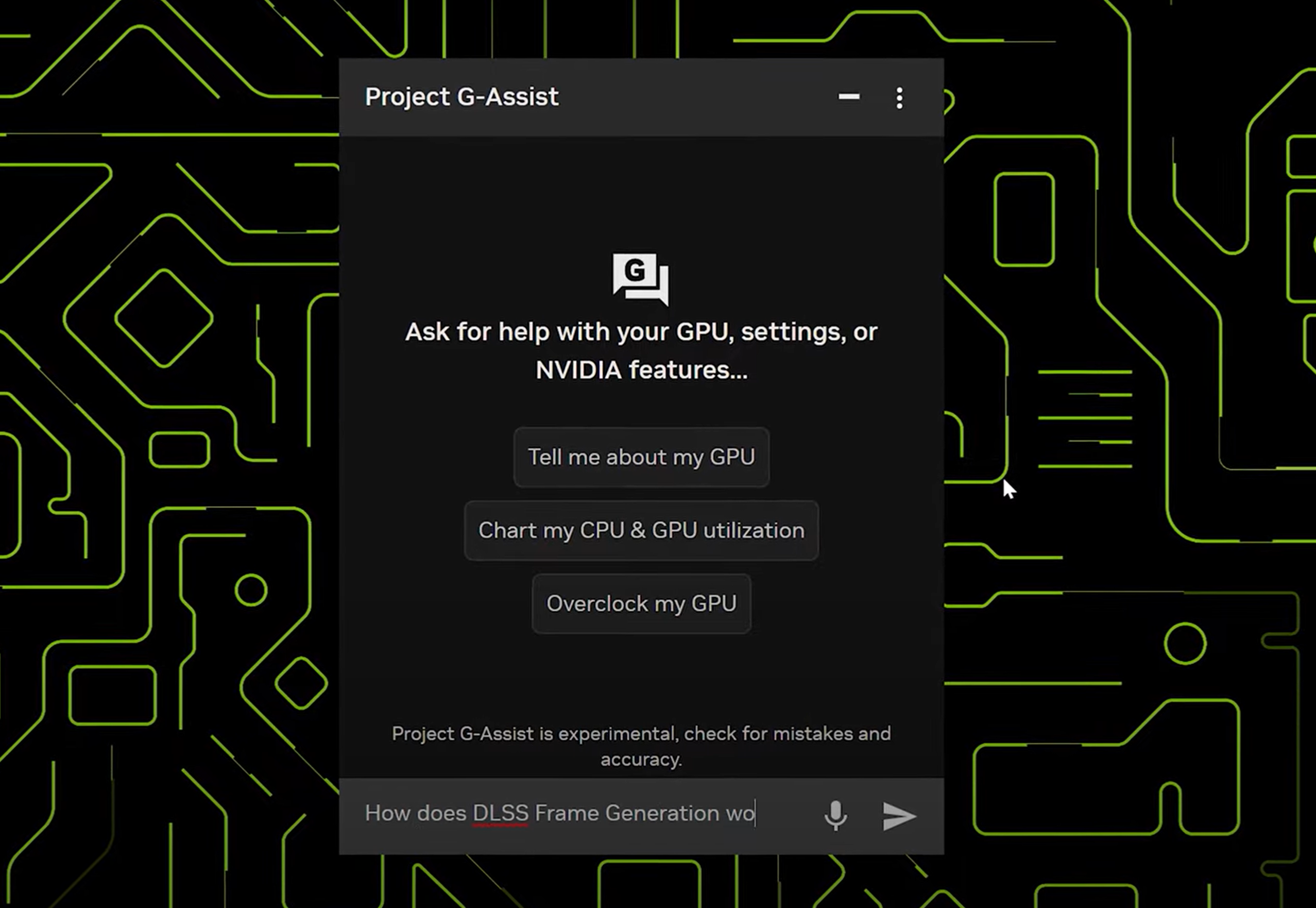Reverse Engineer discovers Tesla Model 3 has secret Vehicle to Grid (V2G) charging capability
3 min. read
Updated on
Read our disclosure page to find out how can you help MSPoweruser sustain the editorial team Read more

An engineer, taking part in tearing down the Tesla Model 3 for a competitor, has discovered that the Tesla Model 3 has all the hardware in place for Vehicle to Grid (V2G) charging (pioneered by Nissan), which would allow a Tesla Model 3 to power a house in an outage for example, or even better, store cheap solar energy in the day and sell it back to utilities at night at a higher price.
Marco Gaxiola, an electrical engineer, told Electrek:
What I learned on reverse engineering the Model 3 charger, was that the design is fully bidirectional. This means power can be converted from AC to DC the same way as the previous example, but also power can flow in reverse direction, coming from the battery and ending up on the AC side. This is known as DC to AC inverter, and when this technology is present in a vehicle, it is known as V2G (Vehicle to Grid).
Gaxiola noted that the design of the charger (below) was quite sophisticated:
To complement this, the bidirectional design is replicated 3 times across the same PCB on the Model 3 charger. Another example of redundant design that assures a working process even if one of the circuits fails. Additionally, it is 3 phase design, so it can be used worldwide.
As Tesla uses an onboard inverter, no special hardware would be needed at the receiving end, and Gaxiola believes the feature could be activated with a mere software update.
In a recent filing with the Texas electric utility commission Tesla said this about V2G:
Vehicle to grid benefits can be recognized much more efficiently when EV deployment is at scale rather than in the early adopter phase. At the same time, any discussion regarding the capabilities of EV related technologies must recognize as a first principle that customer experience and willingness for participation is key. There certainly may be an opportunity for future projects and programs that focus on advanced technological integration, such as the eventual aggregation of EVs in the future to provide grid services in wholesale markets. In any setting, it is important to remember that EVs are modes of transportation first and foremost for customers. There is also an opportunity to evaluate stationary storage assets first to provide similar grid services capabilities from a wholesale electricity market perspective.
The statement addresses the reluctance of car owners to use their cars to support the grid, often due to concerns about the impact on battery longevity and also not having a sufficient charge level when travelling the next day. Tesla’s rumoured “million-mile battery” may address the first concern, and of course, a good battery management system would address the second.
In theory, with more than 1 million vehicles on the road, Tesla’s car network is storing over 75 GWh of power, enough to power 6 million homes for a day or every home in USA for an hour.
Of course, Tesla’s are scattered around the world, but as EVs proliferate their potential to solve the energy storage problem is simply too tantalising to leave untapped in the driveway.
via Electrek











User forum
0 messages